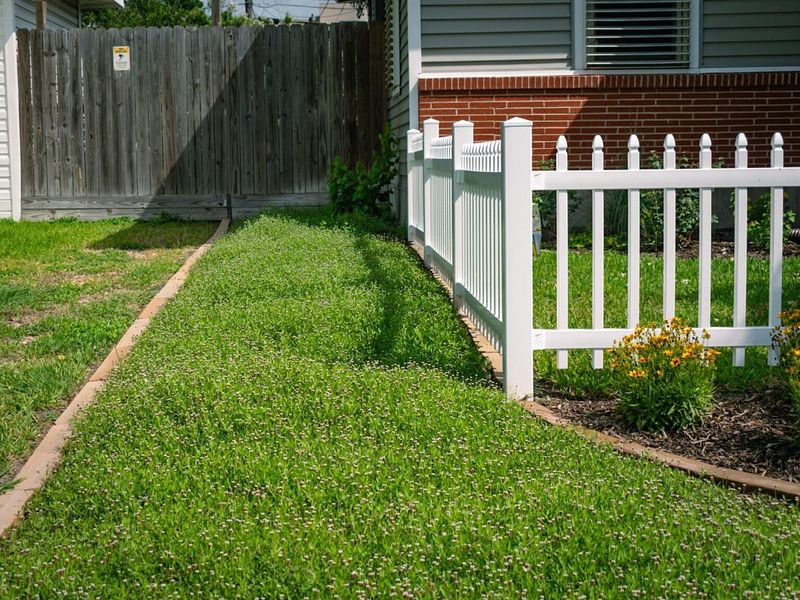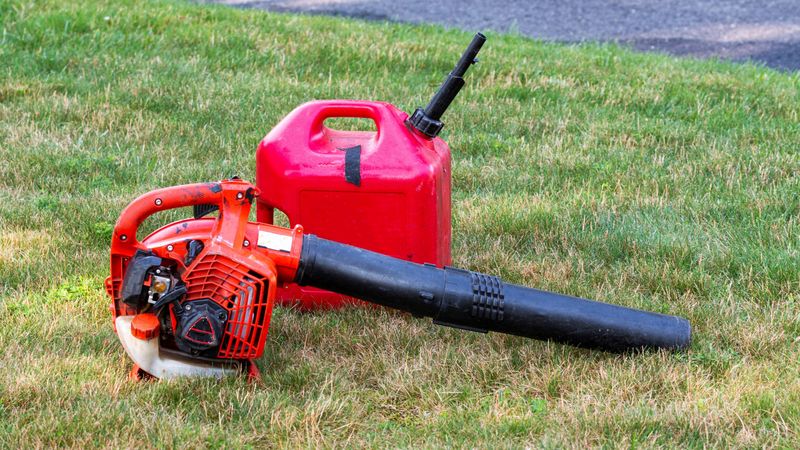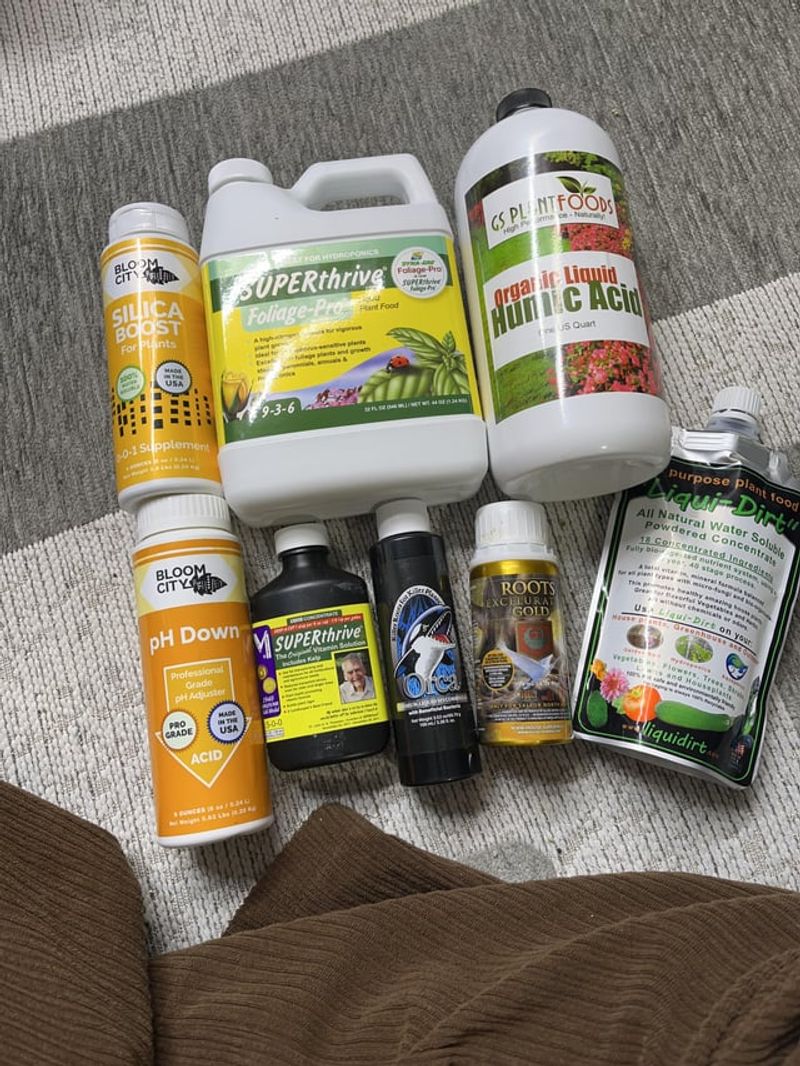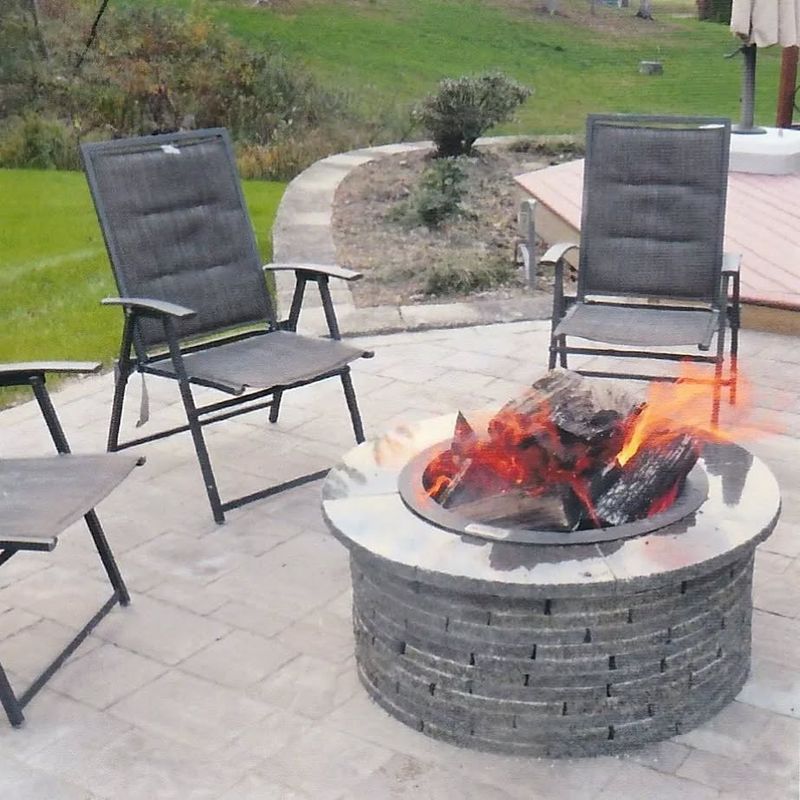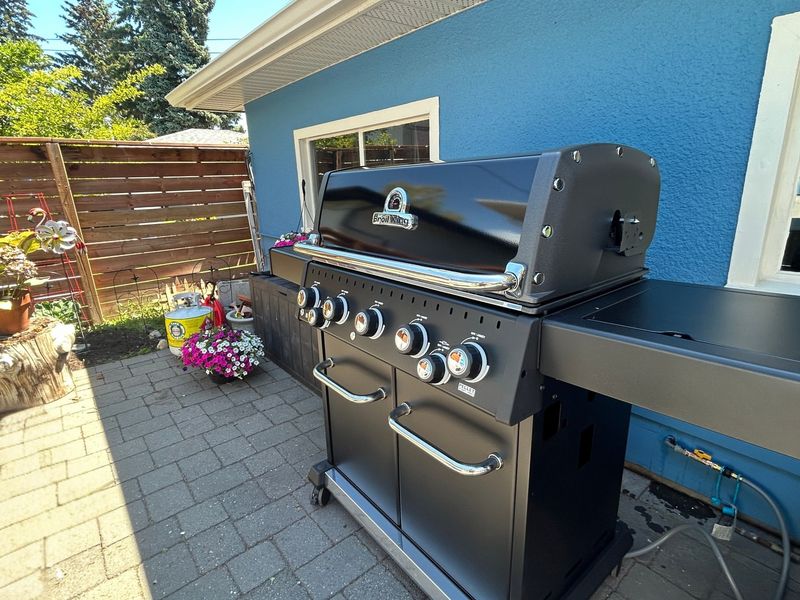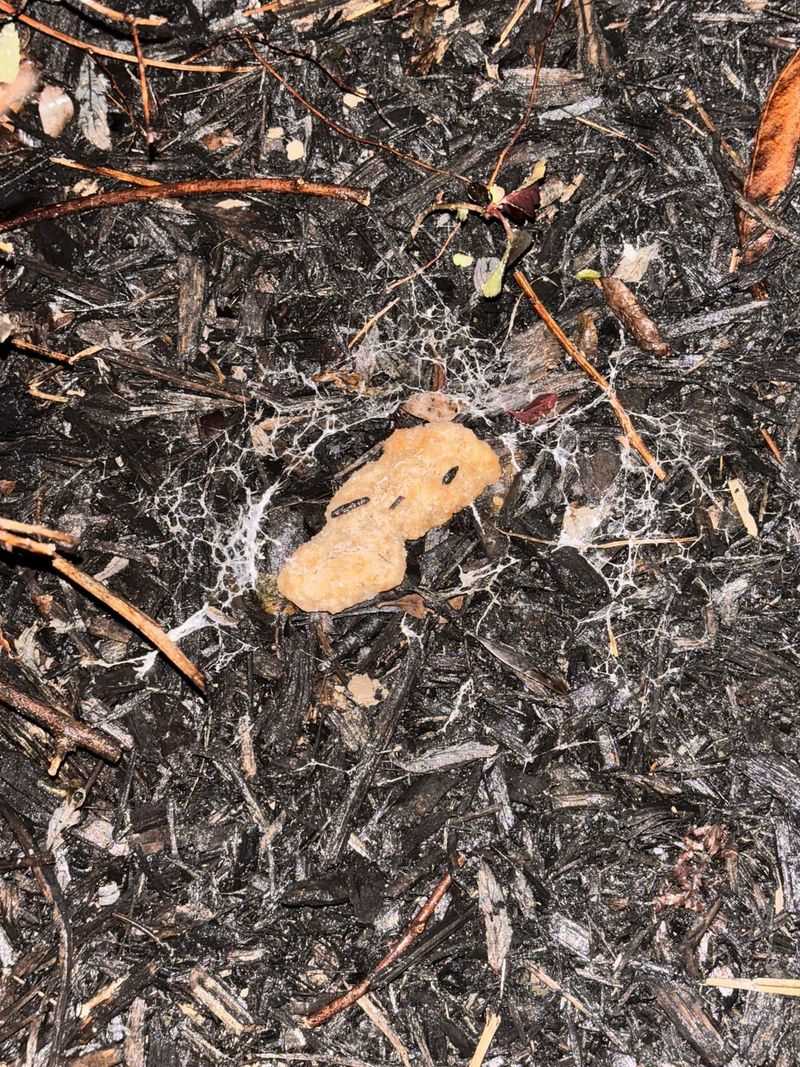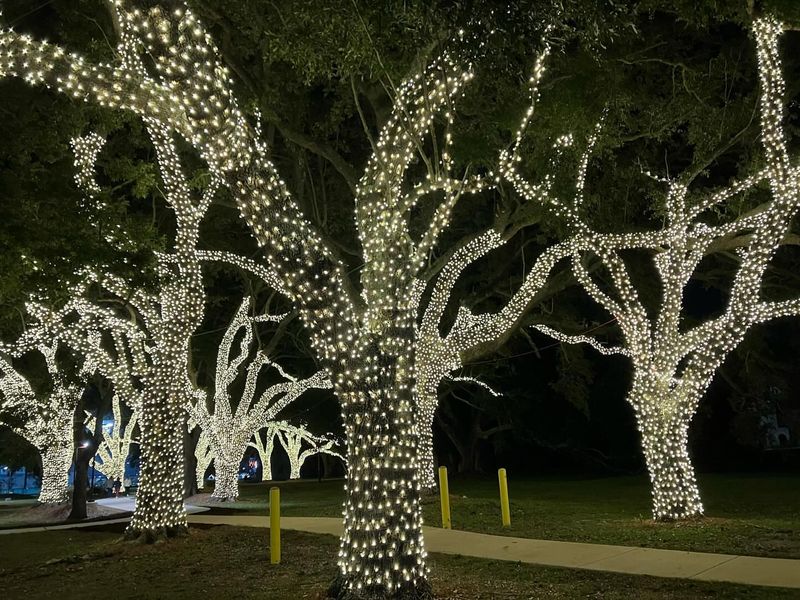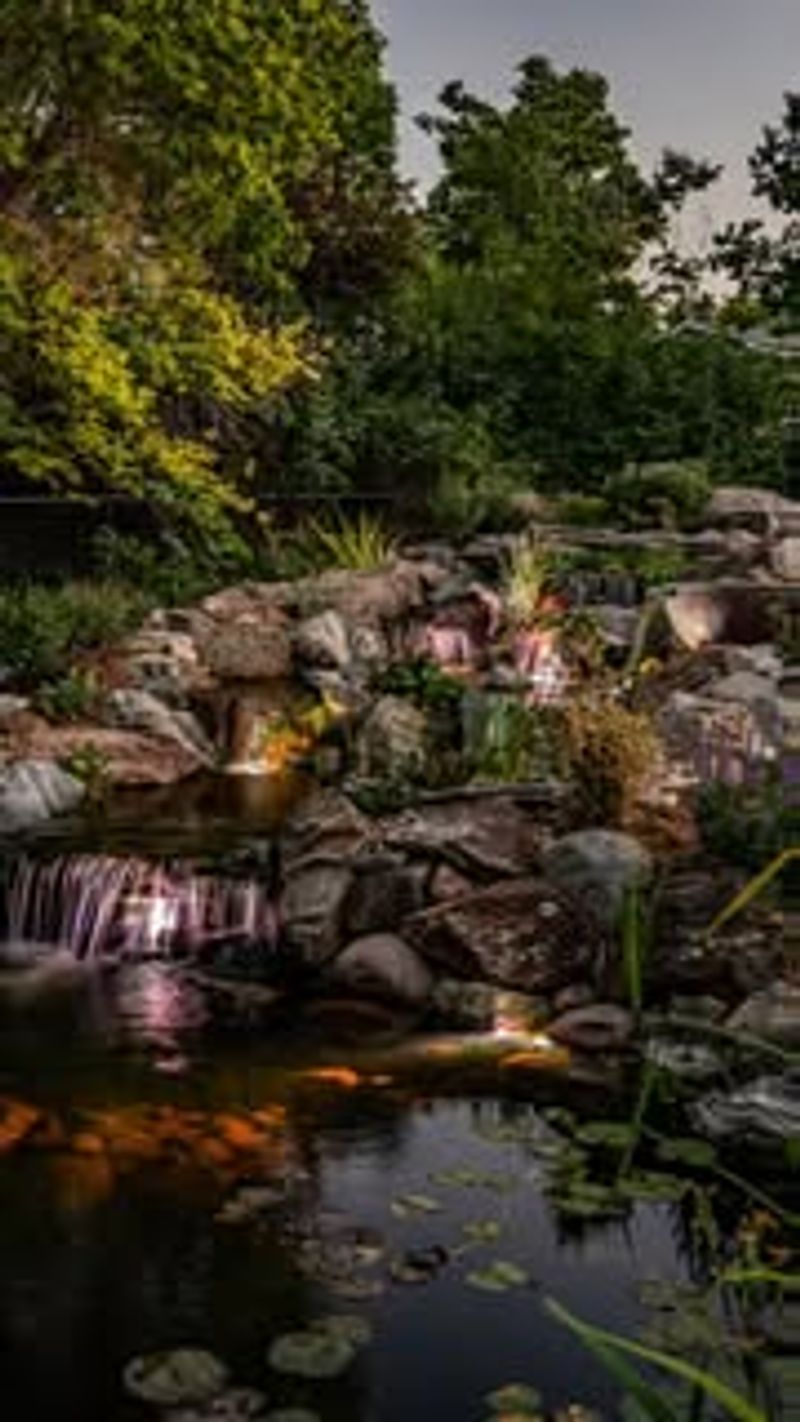Some yard staples in California might not be welcome much longer, and honestly, it’s kind of wild. I’ve seen neighborhoods swap green lawns for gravel overnight, and those cozy fire pits?
Yeah, they could be next. Rules are shifting fast, and what used to be normal is suddenly on the no-no list. If it guzzles water or makes smoke, it might be in trouble.
Time to keep one eye on the garden—and the other on the rulebook.
1. Traditional Grass Lawns
Those lush, green carpets covering front yards might become a thing of the past in California. Water shortages and recurring droughts have pushed many counties to reconsider allowing these thirsty landscapes.
Native plant advocates throughout the state are applauding potential restrictions, pointing to grass lawns’ excessive water consumption – up to 70% of residential water usage in some California communities.
2. Gas-Powered Leaf Blowers
The familiar weekend soundtrack of gas-powered leaf blowers may soon fade away. California regulators have already begun phasing out these noisy polluters in favor of electric alternatives.
Beyond noise complaints, these machines emit surprising amounts of pollution. Several California cities have already implemented bans, with state lawmakers pushing for broader restrictions to improve air quality and reduce carbon emissions.
3. Artificial Turf
Once considered an eco-friendly alternative to grass, artificial turf is facing growing opposition. The plastic-based material can leach chemicals, create heat islands, and ultimately end up in landfills.
Environmental groups across California have raised concerns about microplastic pollution. Some communities in the state now limit artificial turf installation or require special permits, citing both environmental and aesthetic concerns.
4. Ornamental Water Features
Decorative fountains and waterfalls might seem harmless, but they’re increasingly viewed as water-wasters. During severe drought conditions, these features can lose gallons daily to evaporation.
California water districts frequently target these installations during conservation campaigns. Several municipalities throughout the state have already implemented restrictions on new water features, especially those that don’t use recirculating pumps.
5. Non-Native Plant Species
Those exotic plants adding flair to your garden might soon face restriction. Non-native species often require excessive water and can become invasive, threatening California’s delicate ecosystems.
Conservation authorities throughout the state are developing “do not plant” lists. Several California counties have already begun restricting sales of potentially invasive ornamentals that can escape yards and disrupt natural habitats.
6. Bright Outdoor Lighting
Those powerful floodlights illuminating yards might soon dim across California. Light pollution disrupts wildlife, wastes energy, and can even impact human health by interfering with natural sleep cycles.
Astronomers in California have long advocated for “dark sky” protections. Several communities in the state have enacted ordinances limiting brightness, requiring shielded fixtures, and restricting blue-spectrum lighting that particularly disrupts nocturnal creatures.
7. Chemical Fertilizers
The days of freely spreading chemical fertilizers might be numbered. These products contribute to harmful runoff that pollutes California’s waterways and can damage aquatic ecosystems.
Water quality experts across the state have documented nitrogen and phosphorus contamination from residential sources. Several California communities have already implemented seasonal restrictions or outright bans on certain formulations, particularly near sensitive watersheds.
8. Wood-Burning Fire Pits
Those cozy backyard fire pits face growing scrutiny due to air quality concerns. Wood smoke contains particulate matter and toxins that contribute to respiratory problems and smog formation.
Air quality districts throughout California have implemented “no burn” days during inversions. Several communities in the state now require permits for permanent fire pits, with some areas pushing for natural gas alternatives or complete bans in densely populated neighborhoods.
9. Privacy Hedges
Tall, dense hedges providing backyard seclusion might face new height and species restrictions. These living walls often consume excessive water and can create hazardous conditions during California’s fire season.
Fire departments across the state have identified certain hedge varieties as particular concerns. Several California communities have implemented ordinances limiting hedge height, density, and proximity to structures as part of wildfire prevention strategies.
10. Concrete Hardscaping
Expansive concrete patios and driveways may soon face size limitations. These impermeable surfaces prevent groundwater recharge and contribute to urban heat island effects and flooding issues.
Water management officials throughout California promote permeable alternatives. Several municipalities in the state have already enacted ordinances limiting the percentage of properties that can be covered with non-permeable materials like concrete and asphalt.
11. Certain Barbecue Grills
Those weekend cookouts might face new equipment restrictions. Charcoal grills in particular release significant air pollutants and can pose fire risks during California’s increasingly dangerous wildfire seasons.
Air quality regulators across the state monitor residential cooking emissions. Several California communities, especially those in high fire-risk zones, have implemented seasonal restrictions on outdoor cooking or mandated cleaner-burning propane alternatives.
12. Rodenticide Use
Common rat and mouse poisons could soon disappear from California garden sheds. These chemicals don’t just kill targeted pests – they move up the food chain, harming predators like owls, hawks, and even mountain lions.
Wildlife biologists throughout the state have documented secondary poisoning cases. Several California communities have already restricted residential use of certain rodenticides, with statewide legislation expanding these protections for wildlife.
13. Certain Fence Designs
Traditional solid fencing might face new regulations in many communities. These barriers can block wildlife corridors, impede natural water flow, and create wind tunnels during California’s fire-prone conditions.
Environmental planners across the state advocate for wildlife-friendly alternatives. Several California counties now require wildlife gaps at ground level or restrict fence heights in certain zones to protect animal migration patterns.
14. Excessive Holiday Lighting
Those elaborate holiday light displays might soon face seasonal restrictions. Beyond energy waste, these installations create light pollution that disrupts wildlife and can strain California’s electrical grid during peak usage periods.
Energy conservation officials throughout the state monitor seasonal consumption spikes. Several California municipalities have implemented time restrictions, brightness limits, or permit requirements for large residential holiday lighting displays.
15. Koi Ponds
Those serene backyard koi ponds face increasing scrutiny from regulators. Beyond water consumption concerns, escaped non-native fish can threaten California’s delicate aquatic ecosystems.
Fishery biologists across the state monitor invasive species spread. Several California water districts have implemented permit requirements for ornamental ponds, with some communities restricting certain fish species or requiring special containment measures.
16. Gas-Powered Mowers
The familiar rumble of gas lawn mowers might soon be silenced across California neighborhoods. These machines produce surprising amounts of pollution – running one for an hour can equal driving a car for 100 miles.
Air quality experts throughout the state have targeted these emissions sources. Several California communities have already implemented phase-out schedules for gas-powered lawn equipment, with rebate programs encouraging switches to electric alternatives.


